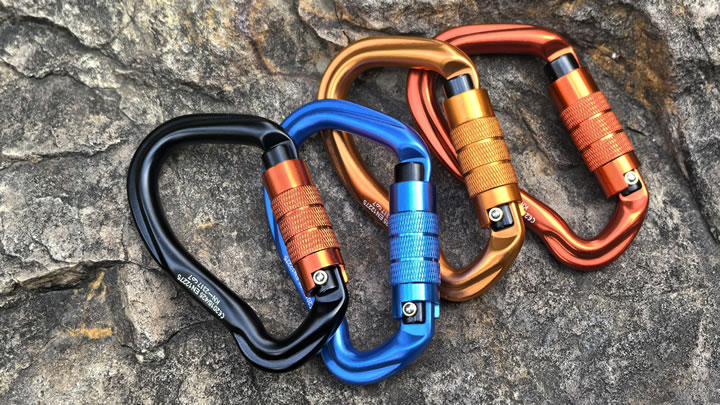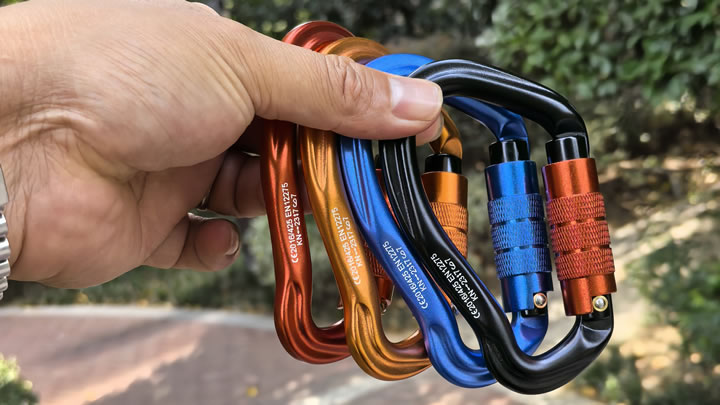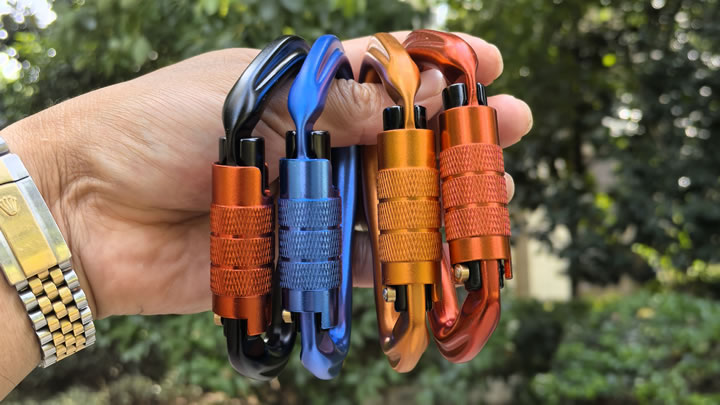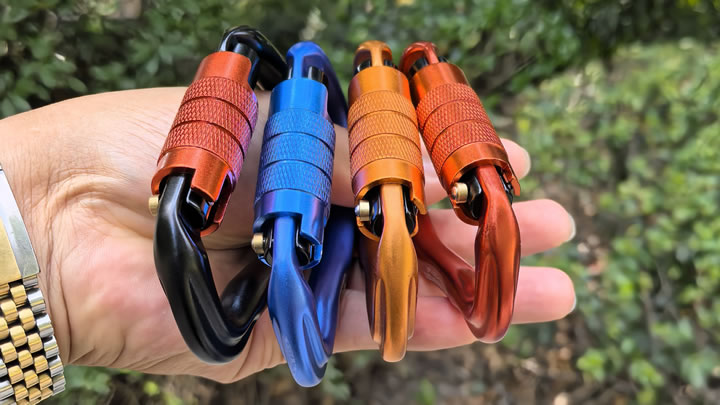How to select a 4-season sleeping bag rating?
Friday, June 13, 2025
For outdoor enthusiasts, a reliable 4-season sleeping bag is a cornerstone of a comfortable camping experience. Whether you're braving the frigid temperatures of a winter mountain or enjoying a balmy summer night under the stars, understanding how to select the right sleeping bag rating is crucial.

Decoding Sleeping Bag Ratings
Sleeping bag ratings are designed to give you an idea of the temperature range in which the bag will keep you comfortable. There are typically three main ratings to consider:
- Comfort Rating: This is the temperature at which an average woman can sleep comfortably in a relaxed position. It's a great benchmark for general comfort, assuming you're wearing appropriate sleepwear and using a sleeping pad. For example, if you're a woman planning a spring or fall camping trip in a temperate climate, a bag with a comfort rating around 5-10°C might be ideal.
- Lower Limit Rating: This indicates the lowest temperature at which an average man can sleep comfortably, usually in a curled-up position to conserve heat. Men or individuals who tend to run cold should pay close attention to this rating. For instance, if you're a male camper heading out for a winter adventure, you'll want a bag with a lower limit rating well below the expected nighttime lows, perhaps -10°C or lower depending on the severity of the cold.
- Extreme Rating: This is the survival-only temperature for an average woman. It's the lowest temperature at which the sleeping bag can prevent hypothermia for a short period, typically 6 hours. However, this is not a temperature for comfortable sleep, and it's not advisable to base your purchase solely on this rating for regular camping.
- Considerations for 4-Season Use
- Temperature Range: A 4-season sleeping bag should be versatile enough to handle a wide range of temperatures. Look for bags that can cover a spectrum from relatively warm summer nights (around 10-15°C) to cold winter evenings (-10°C or lower in extreme cases). Some high-quality 4-season bags can even adapt to temperatures as low as -20°C, making them suitable for high-altitude winter camping.
- Insulation Type:
- Down Insulation: Down is highly prized for its warmth-to-weight ratio. It compresses well, making it great for backpacking. High-quality down, such as 800-fill-power or higher, provides excellent insulation. However, down loses its insulating properties when wet, so it's important to ensure your down sleeping bag has a good waterproof shell or is used in dry conditions.
- Synthetic Insulation: Synthetic insulation is a more affordable option and has the advantage of retaining warmth even when wet. It's also generally more breathable than down in humid conditions. Synthetic bags are often bulkier and heavier than their down counterparts, but they can be a great choice for wetter climates or if you're on a budget.
- Bag Shape:
- Mummy Bags: These are tapered, with a wider section at the shoulders and a narrower section at the feet. Mummy bags are designed to minimize heat loss by closely conforming to the body's shape. They are highly efficient for cold weather camping, as they reduce the amount of airspace inside the bag that needs to be warmed. However, they offer less room for movement, which may not be ideal for those who like to toss and turn in their sleep.
- Rectangular Bags: Rectangular bags provide more space to move around, which can be more comfortable for some campers, especially in warmer weather. However, they are less efficient at retaining heat compared to mummy bags, as there is more airspace inside. Some rectangular bags can be zipped together to create a double sleeping bag, making them a good choice for couples.
- Semi-Rectangular Bags: These bags strike a balance between the warmth of a mummy bag and the space of a rectangular bag. They have a slightly tapered shape, offering better heat retention than a full rectangular bag while still providing more room to move than a mummy bag.
- Additional Factors to Keep in Mind
- Personal Warmth Preferences: Everyone experiences temperature differently. If you're someone who always feels cold, you might want to choose a sleeping bag with a lower comfort rating than the average for your gender. Conversely, if you run hot, you may be able to get away with a bag with a slightly higher comfort rating.
- Sleeping Pad: A good sleeping pad is essential for a comfortable night's sleep in a 4-season sleeping bag. The pad provides insulation from the cold ground, which can significantly affect how warm you feel. Look for a sleeping pad with a high R-value (insulation rating). A high-quality sleeping pad can allow you to choose a sleeping bag with a slightly lower temperature rating, as it will help keep your body heat from escaping through the bottom.
- Environmental Conditions: Consider the humidity and wind in the areas where you'll be camping. Humid conditions can make you feel colder, even at the same temperature, so in areas with high humidity, you may need a bag with a lower temperature rating. Wind can also strip heat away from your body, so a windproof shell on your sleeping bag or a well-protected campsite is important.
- EN/ISO Ratings: Look for sleeping bags that adhere to EN (European Norm) or ISO (International Organization for Standardization) ratings. These ratings are based on standardized testing procedures, which means the temperature ratings are more reliable and comparable between different brands. Bags without these ratings may have inconsistent or inaccurate temperature claims.
- Features: Some additional features to look for in a 4-season sleeping bag include a draft collar to prevent heat from escaping around your neck, a draft tube along the zipper to keep cold air out, and internal pockets for storing small items like a headlamp or a phone. A high-quality zipper that is easy to operate and doesn't snag is also important, especially in cold weather when you may be wearing gloves.
- In conclusion, selecting the right 4-season sleeping bag rating involves a careful consideration of temperature ratings, insulation type, bag shape, personal preferences, and environmental factors. By taking the time to understand these elements, you can choose a sleeping bag that will keep you warm and comfortable throughout the year, whether you're camping in the heat of summer or the depths of winter.






